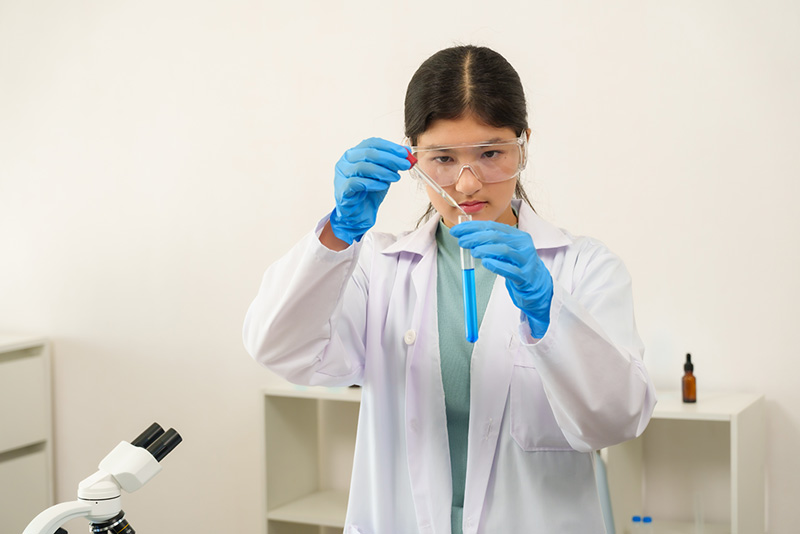Question:
Do the NIH Guidelines require a plumbed eyewash to be available where investigational products requiring Institutional Biosafety Committee (IBC) review are handled? — Regulatory Affairs Associate, Regional Cancer Center
Answer:
The NIH Guidelines for Research Involving Recombinant or Synthetic Nucleic Acid Molecules (NIH Guidelines) do not explicitly require an eyewash to be available where investigational products requiring IBC review are handled. Instead, the NIH Guidelines refer to other regulations and standard practices that should be followed, including those outlined by the Occupational Safety and Health Administration (OSHA) and the Centers for Disease Control and Prevention (CDC).1
More specifically, OSHA’s Bloodborne Pathogens Standard requires eye and/or mucous membrane protection to be worn if there is a reasonably anticipated work exposure to blood or other potentially infectious material (OPIM).2 In the event the eyes (or nose or mouth) are exposed to a biological agent or OPIM, a means to flush the eyes or other exposed area should be rapidly available for the affected staff member to use. Similarly, the CDC’s Biosafety in Microbiological and Biomedical Laboratories (BMBL) notes that an eyewash station should be “readily available in the laboratory [clinical facility].”3 As such, although not specifically stated in the NIH Guidelines, the availability of an eyewash, either prefilled or plumbed, is a best biosafety practice that serves to protect employers and employees alike.
For studies involving the manipulation of blood, engineered human cells, viral vectors, or other potentially infectious genetically modified products, if a plumbed eyewash is not available in immediate handling areas, pre-filled eyewash bottles should be available either in the room or nearby (within 10 seconds). These bottles should be designed specifically for flushing eyes and contain a suitable volume (e.g. 500 mL or one L) for effective triage until the exposed individual can reach a plumbed eyewash or a medical professional, if needed. Of note, additional state or local regulations may also apply, and employers should incorporate them into their standard practices and policies as appropriate.
For more insights like this, explore our Ask the Experts series, and if you have a question of your own, we invite you to join the conversation! Submit your questions and our team of ethical and biosafety experts will provide a response.
References
- Section II-A-C; Appendix G-I. NIH Guidelines for Research Involving Recombinant or Synthetic Nucleic Acid Molecules. https://osp.od.nih.gov/wp-content/uploads/NIH_Guidelines.pdf.
- OSHA 1910.1030(d)(3)(i). Bloodborne Pathogen Standard. https://www.osha.gov/laws-regs/regulations/standardnumber/1910/1910.1030.
- Section IV, BSL1, D, 3. Biosafety in Microbiological and Biomedical Laboratories. https://www.cdc.gov/labs/pdf/SF__19_308133-A_BMBL6_00-BOOK-WEB-final-3.pdf.
Don't trust your study to just anyone.
And we’re the best for a reason. Experience the WCG difference starting with a free ethical review consultation. We’re here to help you streamline, alleviate, and accelerate.
